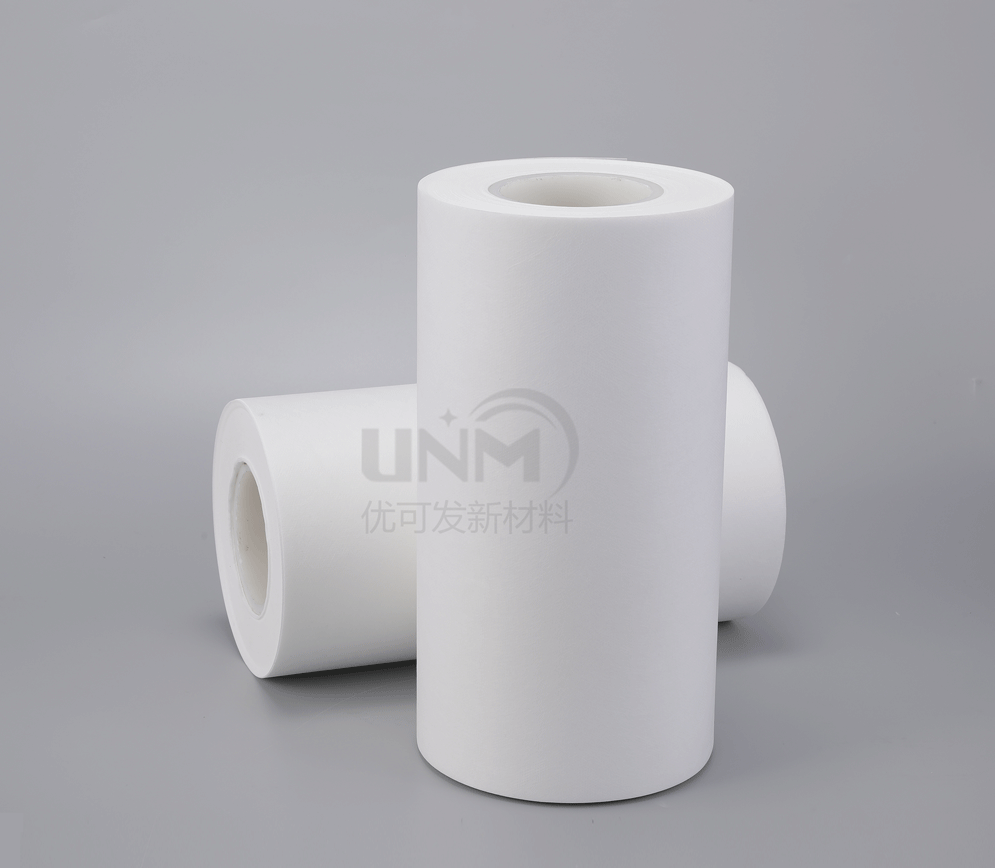The HEPA filter is made of interwoven fine organic fibers. It purifies the air by adsorbing fine particles in the air. High-grade HEPA filters can even absorb and filter with a diameter less than 0.3 of particulate matter, which plays a role in purifying the air. The HEPA filters of many air purifiers are marked “not washable”. I believe many friends are curious why the hepa filter material cannot be washed. If it can be recycled after washing, save it. The cost of replacing HEPA can be thousands of dollars a year at least.

HEPA filters are generally made of polypropylene or other composite materials, which are paper-based. Brushing with water will damage the filter structure. In addition, the purification principle of the HEPA filter is not simply to filter out particles larger than the mesh to purify the air like a sieve. The HEPA filter relies on the van der Waals force between fine particles and the filter to form an adsorption effect. When brushed with water, the electrostatic adsorption capacity of the hepa filter material is also destroyed. Fine particles can easily pass through the filter that has lost its adsorption capacity. network, the air purifier becomes an electric fan.
But there are also some good HEPA filters that can be cleaned repeatedly, such as the self-developed hepa filter material. In addition to having The high filtration efficiency can meet the filtration efficiency level requirements of air filters, and the filtration performance can be restored through water washing or backflushing, thus extending the service life of the equipment.
PTFE membrane technology has always been the core of the business and plays a very important role in many fields such as biopharmaceuticals, equipment, food and beverages, semiconductor manufacturing processes, and communications. , the pore-forming capacity ranges from 0.1μm to 1μm, providing functional solutions such as fine filtration, removal of small bacteria and viruses, hydrophobic breathability, and sound transmission. Interested parties can enter the store for consultation and purchase!
</p







